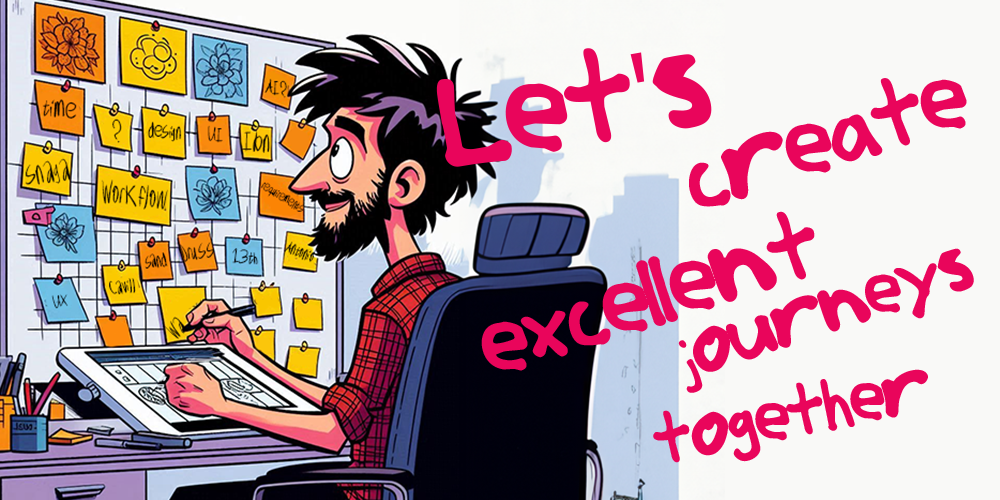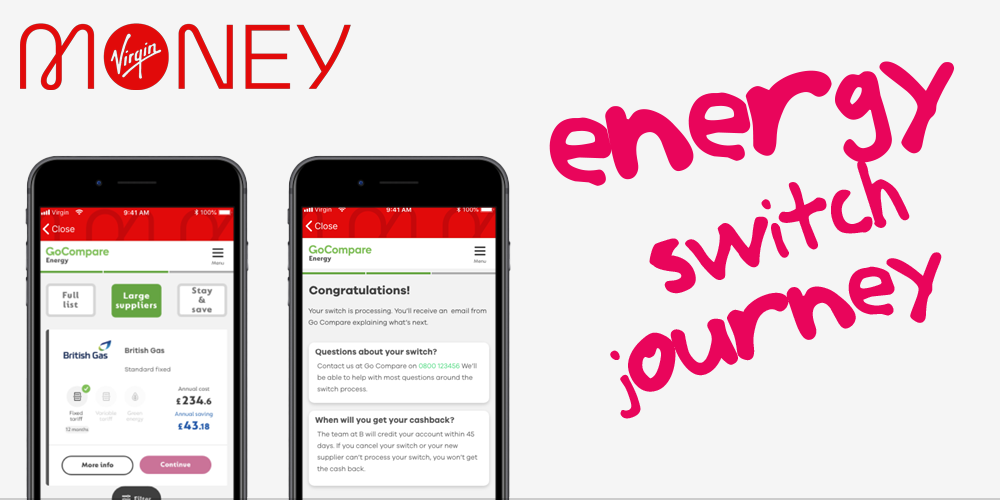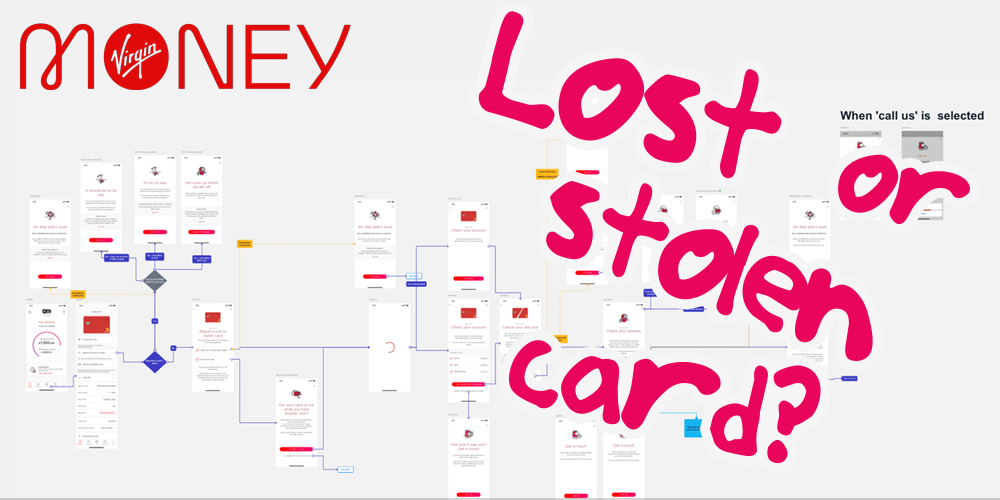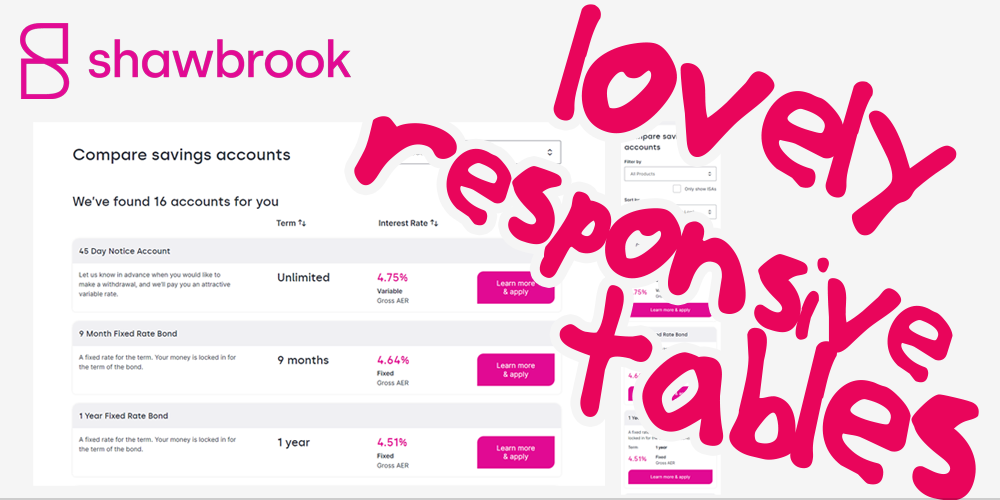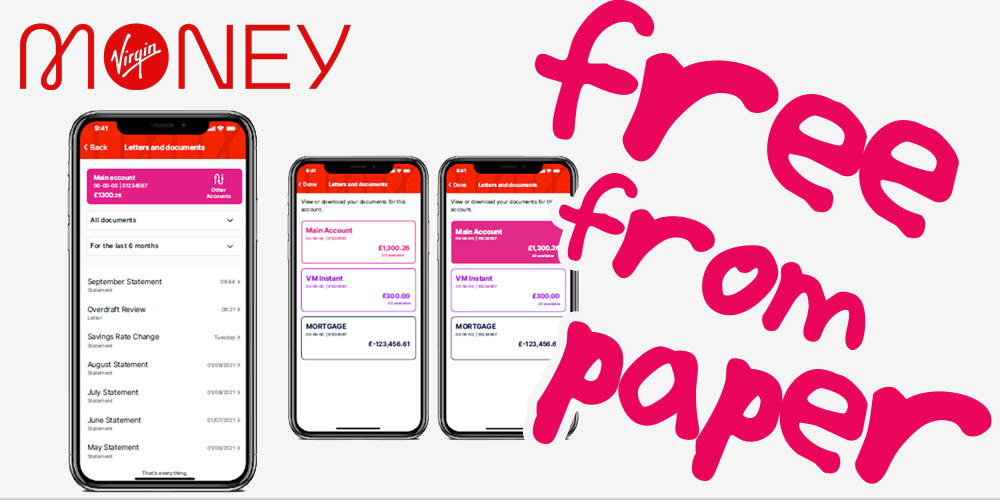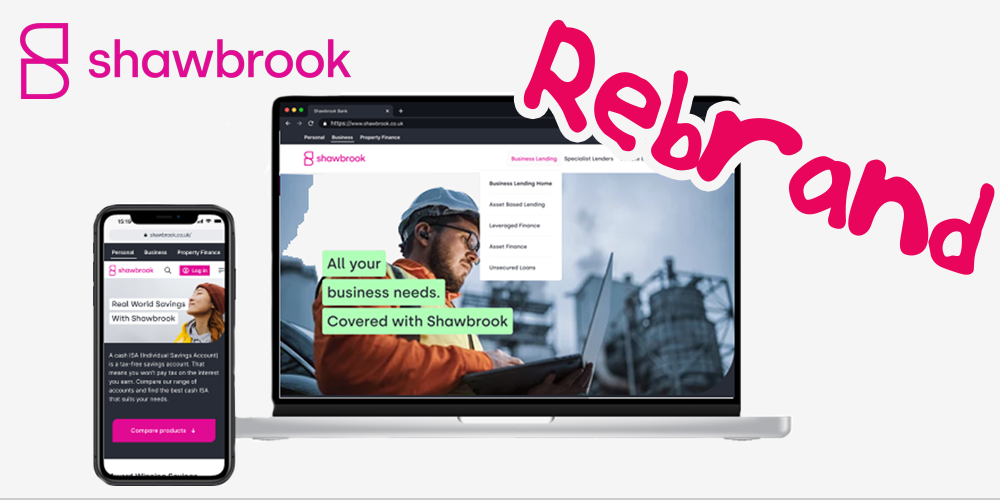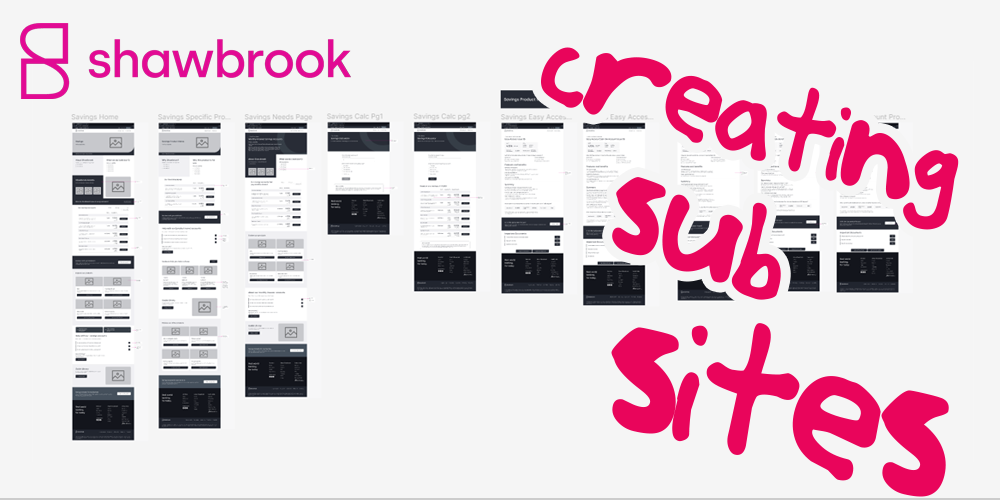This starts with customer research, market scanning and a deep understanding of how (and why) things as they are now. I map our journey. I identify the pain points.
I confront the bits that we don't like to talk about and get comfortable feeling uncomfortable.
Regardless of how they do it now, customers are creatures of inertia. They are moved to act by the job they want to do.
I find out what the jobs to be done are and use them as the cornerstone of design.
I explore key moments in the journey, and evaluate where they are now, grading from 'dysfunctional', through to 'functional' and on to 'magical'.
I aim to concentrate my efforts on first ensuring the whole journey is at least 'functional', reserving 'magic' for (a few) critical moments.
When looking at solutions, I create rapid prototypes early and often.
'Enough' is determined by the audience. Sometimes it's a quick wireframe to illustrate a process, sometimes a high fidelity prototype.
I create hypotheses and test them. Moderated, unmoderated and quantitative research all have their place here, but a key part of the process is speed, allowing iteration.
By stating my assumptions and testing them, I avoid unconscious bias and keep the customer at the heart.
Everything is disposable, and sometimes, your darlings must die. Whether proved correct or incorrect, testing allows me to return to the idea and make it the best it can be.
I repeat steps five and six until I have something viable.
It's easy for best intentions to be lost in translation. I strive to be flexible with handoff, working with developers to remove guesswork.
I follow this with rigorous testing to ensure that the vision we agreed in the design phase follows through to the final article.
